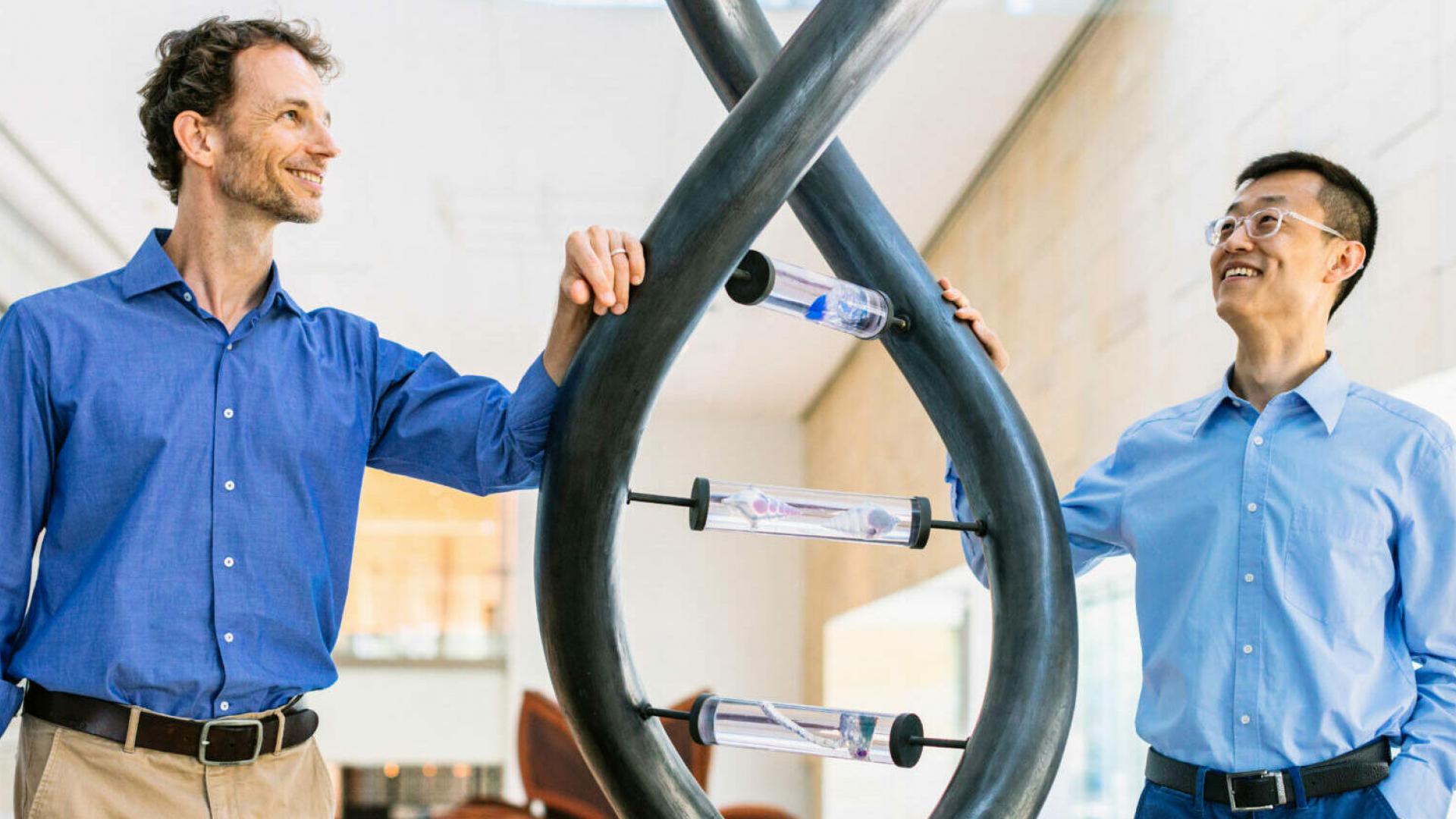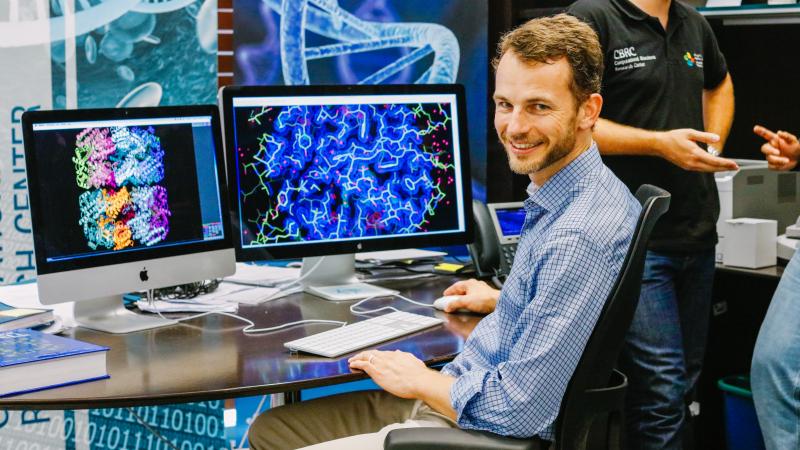Since 2016, when he first began collaborating with Saudi clinicians, Stefan Arold and his team have analyzed more than 100 rare genetic diseases. This work, he says, can provide answers to people who have been searching, often for many years, for the cause of an illness or unexplained condition.
Arold and his team use 3D protein structure mapping powered by the latest AI methods and other bioinformatic and computational tools to aid in the diagnosis of genetic diseases in Saudi Arabia.
“Usually, the doctors identify patients with a genetic disease, meaning that the phenotype is caused by one or more mutations in their genome,” Arold explains.
“The clinician sends us the genetic alteration that they think caused the disease, and we use our expertise in structural biology to map this mutation onto the three-dimensional atomic structure of the affected proteins.”
By putting the mutation into the context of the protein it affects, Arold’s team can often identify a molecular cause for the disease or can help the clinician identify or confirm which mutation is the most likely cause.
“Understanding how a particular mutation causes a patient’s symptoms can help the doctor to tailor treatment and therapy,” he says. “Also, if both parents are a recessive carriers for the protein variant (meaning that they don’t have symptoms), then knowing the cause of their child’s disease will allow them to have healthy children through genetic screening.”
Knowing the problem can end what Arold describes as “a long and draining diagnostic odyssey,” during which ill children often endure many, sometimes invasive, tests in efforts to find a cause for their condition.
Even though genetic diseases are relatively common in Saudi, each disease itself is “rare” and requires personalized healthcare.
Arold’s colleague Xin Gao uses innovative machine learning methods for genetic detective work. Gao and his team developed the world’s first end-to-end pipeline for nanopore sequencing (a method of sequencing DNA), data analysis and applications. This approach allows them to produce the high-confidence long-gene sequences that enable identification of otherwise hidden genetic alterations in patients.
They have used the method to diagnose genetic diseases, such as microcephaly and congenital heart and eye malformations, in collaboration with King Faisal Specialist Hospital and Research Center.
“Our method has made a huge difference to families who have been searching for answers for years after even whole-exome sequencing has failed to identify their mutation,” says Gao.
“Our method has made a huge difference to families who have been searching for answers for years.”
Following the success of his method, Gao has co-founded a startup called Peregrine Genomics, which was a winner of the 2019 Taqadam startup competition and a finalist in the GITEX supernova startup competition.
Arold and Gao presented their research at two high-profile conferences in Riyadh in November 2022; the International Conference on Genomic Medicine and the HIMSS22 Middle East Health Conference & Exhibition. Both researchers underline the importance of such events for discussions with clinicians, healthcare providers and policymakers to help connect their research with the healthcare needs of the country.
Transcripts of this article are taken from KAUST Insight.


